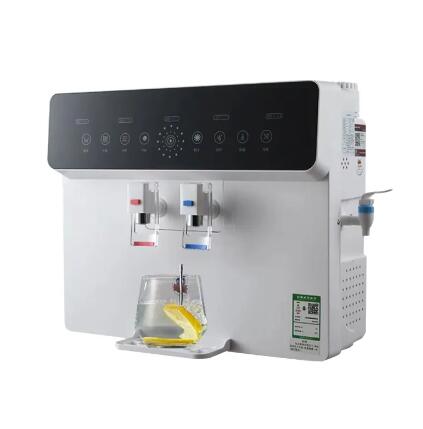Choosing the Right Reverse Osmosis Water Drinking System for Your Home
2024-07-19
Introduction
Investing in a reverse osmosis (RO) water drinking system is a smart choice for anyone looking to improve the quality of their drinking water. However, with so many options available, choosing the right system for your home can be challenging. In this blog, we'll guide you through the key factors to consider when selecting an RO system, ensuring you find the perfect fit for your needs.
Understanding Your Water Quality
Before purchasing an RO system, it's essential to understand your water quality. Conduct a water test to identify the contaminants present in your water supply. Common contaminants include:
1. Heavy Metals: Lead, arsenic, and mercury.
2. Chemicals: Chlorine, fluoride, and pesticides.
3. Biological Impurities: Bacteria and viruses.
4. Dissolved Solids: Salts and minerals.
Knowing what contaminants you need to remove will help you choose a system with the appropriate filtration capabilities.
Key Features to Look For
1. Filtration Stages: RO systems come with varying numbers of filtration stages, typically ranging from three to six. More stages generally mean better filtration and improved water quality.
2. Flow Rate: The flow rate, measured in gallons per day (GPD), indicates how much purified water the system can produce. Choose a system with a flow rate that meets your household's water consumption needs.
3. Storage Tank Capacity: Consider the size of the storage tank, as it determines how much purified water is readily available. Larger tanks are ideal for larger families or high water usage.
4. Certification: Look for systems certified by organizations like NSF International, which ensure the system meets specific standards for contaminant removal and overall performance.
5. Maintenance Requirements: Understand the maintenance needs of the system, including how often filters need to be replaced and the ease of doing so. Opt for a system with accessible and affordable replacement filters.
Installation and Space Considerations
1. Under-Sink vs. Countertop: Decide whether you prefer an under-sink system, which is installed beneath your kitchen sink and out of sight, or a countertop system, which is more portable and easier to install.
2. Space Availability: Ensure you have enough space for the system and its components, including the storage tank and any additional filters.
3. Professional Installation: While some systems are designed for DIY installation, others may require professional help. Factor in the cost and convenience of professional installation if needed.
Budget and Cost
1. Initial Cost: RO systems vary widely in price, from affordable basic models to more expensive systems with advanced features. Determine your budget and find a system that offers the best value for your investment.
2. Operating Costs: Consider the long-term costs, including filter replacements and maintenance. Higher initial costs might be offset by lower ongoing expenses.
3. Warranty and Support: Check for warranties and customer support options. A good warranty can provide peace of mind and protect your investment.
Conclusion
Choosing the right reverse osmosis water drinking system involves considering several factors, from your specific water quality needs to the system's features, installation requirements, and cost. By taking the time to research and evaluate your options, you can find a system that provides your household with clean, safe, and great-tasting water. Investing in an RO system is an investment in your health and well-being, ensuring you and your family enjoy the benefits of pure drinking water every day.



